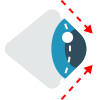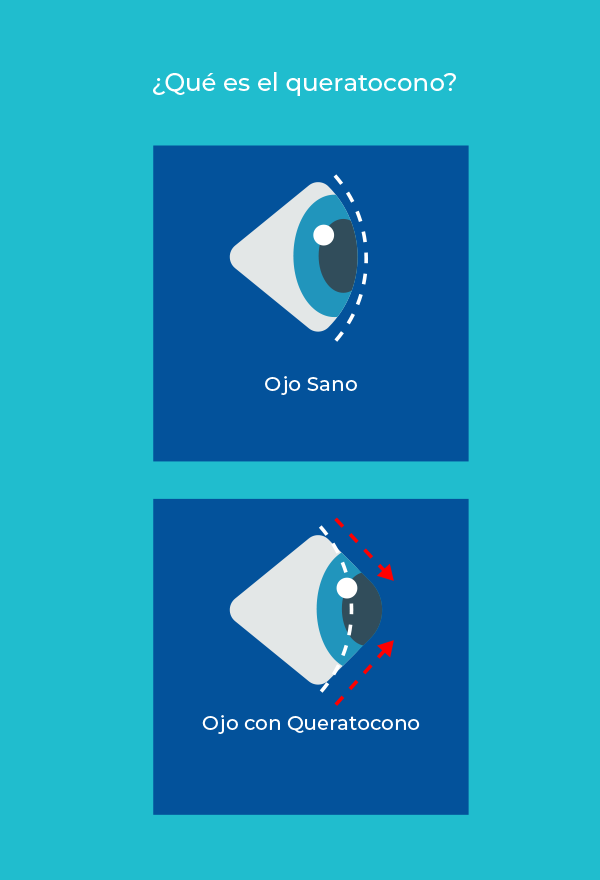Keratoconus



Keratoconus is an unusual condition that affects the structure of the cornea (transparent part in the anterior area of the eye).
As this disease progresses, the cornea slowly changes from a round to a conical shape. The eye protrudes and this causes vision problems. Generally, it affects both eyes although the degree of evolution may be different.
The thinning and deformation of the cornea cause a sudden increase in astigmatism, which cannot be treated with the use of glasses because of its irregular condition. In this circumstance, the treatment can be carried out by adapting rigid contact lenses, specially designed for this condition, as a transitory solution, but not definitive. Some patients also develop photophobia or hypersensitivity to light.
In the initial stages of this condition, the symptoms are mild but progressive. Visual acuity worsens and night vision problems occur.
The treatment
For young patients with progressive keratoconus, a procedure called crosslinking (CXL) is recommended.
This treatment helps stabilize keratoconus but does not significantly improve astigmatism, which is why it is often combined with implanting rings or intracorneal segments. This surgical technique can be performed by traditional surgery or by the Intralase laser.
In CLINICA 20/20 we work this second technique for all cases that require the implantation of intrastromal segments. With the laser a tunnel or space is made in the cornea to introduce the rings, allowing greater accuracy and safety during the procedure.
By implanting these segments or rings we try to correct the corneal irregularity, caused by keratoconus, and in turn stabilize its progression and improve the patient's vision.